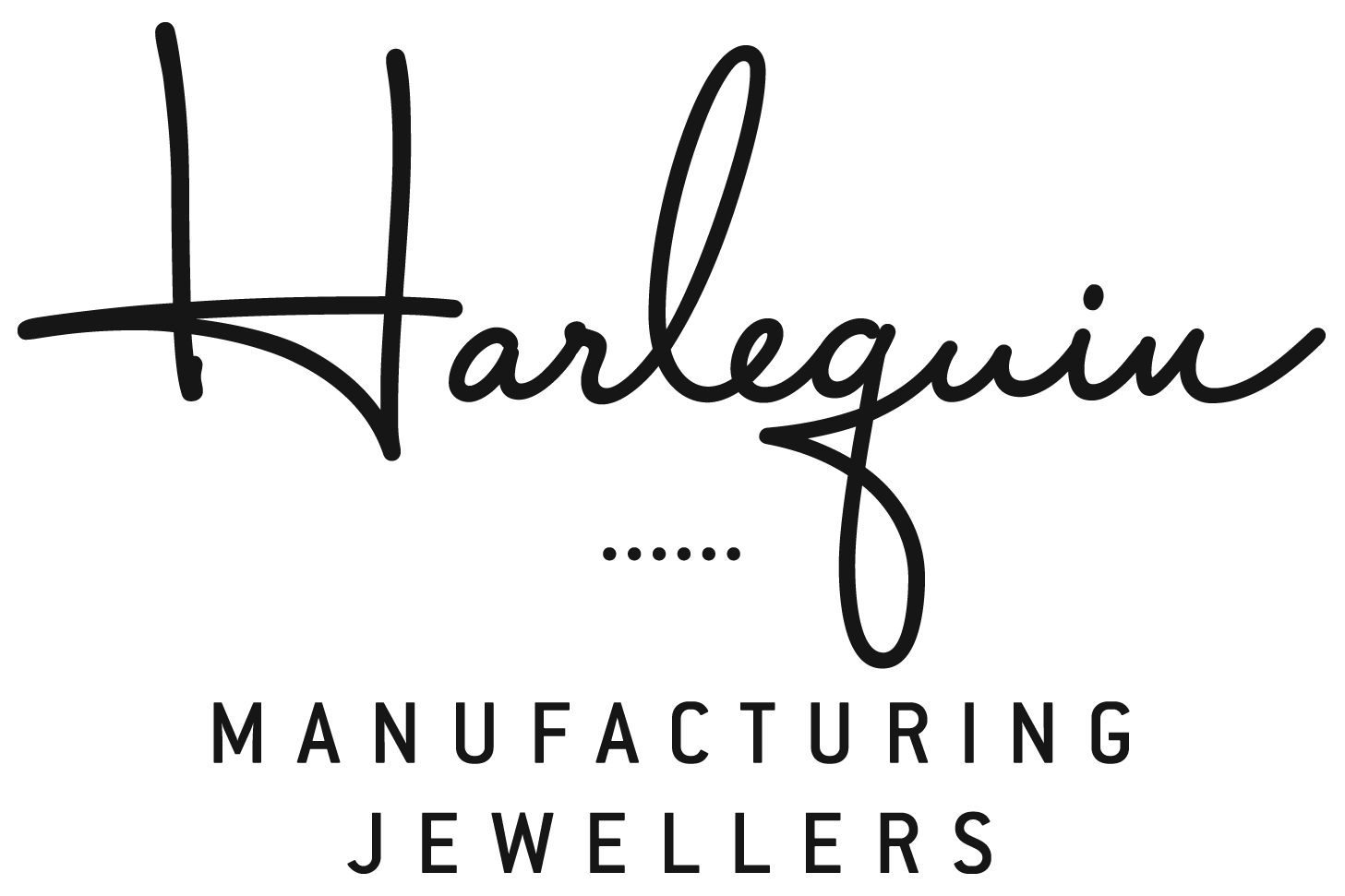If you’ve done any amount of research on buying an engagement ring, you’ve undoubtedly come across mentions of diamond certificates. These certificates, mostly commonly from the Gemmological Institute of America (GIA) form the basis of what you look for when you’re looking for your perfect diamond and comparing your options.
I won’t go into the detail on how to choose a beautiful diamond from a certificate - there are more than enough resources out there for that - but I do want to share some perspective you may not have seen, even if you’ve been diamond hunting. So here’s what you really need to know about diamond certificates.
What does it mean when a diamond has a certificate?
A laboratory has received the diamond, observed its characteristics, documented it, and (generally) laser inscribed the document number on the diamond girdle for reference.
The characteristics it covers can include things like its colour, clarity, cut, inclusions, dimensions and fluorescence.
Diamond reports from laboratories record many properties of the diamond they’ve examined.
They’re a report about a gemstone, not an assessment of its authenticity.
To get a report produced, someone has looked at the diamond, and written a report about it. That’s the full story. Though the language around diamond certificates can make it seem more official.
Words like ‘certified’ are deceiving (which diamonds with gemstones are not), imply there’s an element of authenticity. There are diamonds that have had a report written about them by a laboratory, and there are diamonds that have not had a report written about them by a laboratory. That’s the distinction.
There are many laboratories who produce diamond reports.
Most people have heard of the GIA, as they’re the most commonly used laboratory for diamond reports. However the GIA isn’t the only gemstone laboratory. There are many around the world. Some specialise in reports for diamonds, others for coloured stones.
Importantly, each laboratory has their own unique way of defining and documenting the characteristics of a diamond. This can make it tricky to compare like with like, because what ‘Colour E’ means to one laboratory may be more of a ‘Colour H’ to another laboratory. So it’s important to consider what the grading criteria means for the specific laboratory who wrote the report for the diamond you’re looking at.
While GIA is the most commonly reference gem lab for diamonds, there are many around the world.
Each observation on a diamond report indicates a range.
The characteristics of a diamond recorded in a report are broken down into grading criteria. For example, there is a scale that the diamond is compared against for things like colour, clarity, and cut quality. Each point on these scales represents a range on the scale, not a specific point, meaning that not every diamond with the same grading is equal.
For example, some diamonds with an SI1 clarity are better than others noted with the same SI1 clarity. Often, this can explain why ‘wholesale’ diamonds are priced the way they are - if they are in fact a poorer example of the descriptions noted in the diamond reports.
Report observations are an opinion from the person who looked at the diamond.
While reference points exist to observe a diamond against, ultimately, what you see in a diamond report are the individual opinion of the one person at the gem laboratory who looked at the diamond.
As with anything, opinions can vary between people for a number of reasons, and it’s possible that different people would give the same diamond different descriptions of the same items. In fact, if you were to get a second report for a given diamond, there’s a fair chance one or more of the ratings could vary slightly.
What does all this mean for buying a diamond?
All of these perspectives point to one important take away about selecting a diamond: while reports are a useful way to find great diamonds, they’re not the whole picture with comparing and choosing a great one. It’s important to consider the individual diamond itself, to ensure you’re getting a gem you’ll be happy with for years to come. Getting the help of a jeweller, who sees diamonds day in, day out, can be your greatest source of confidence in deciding on the best diamond for you.



